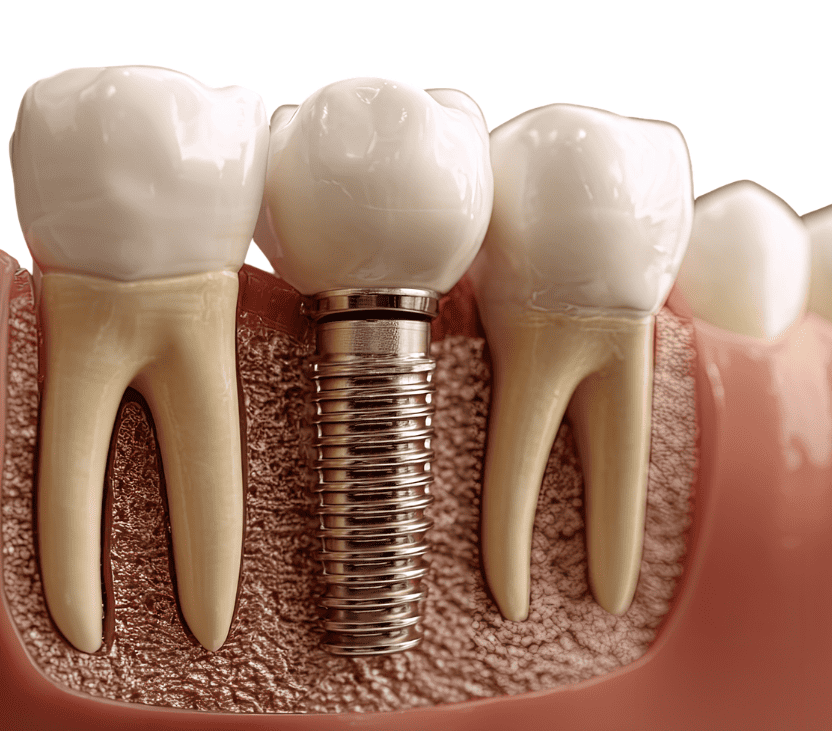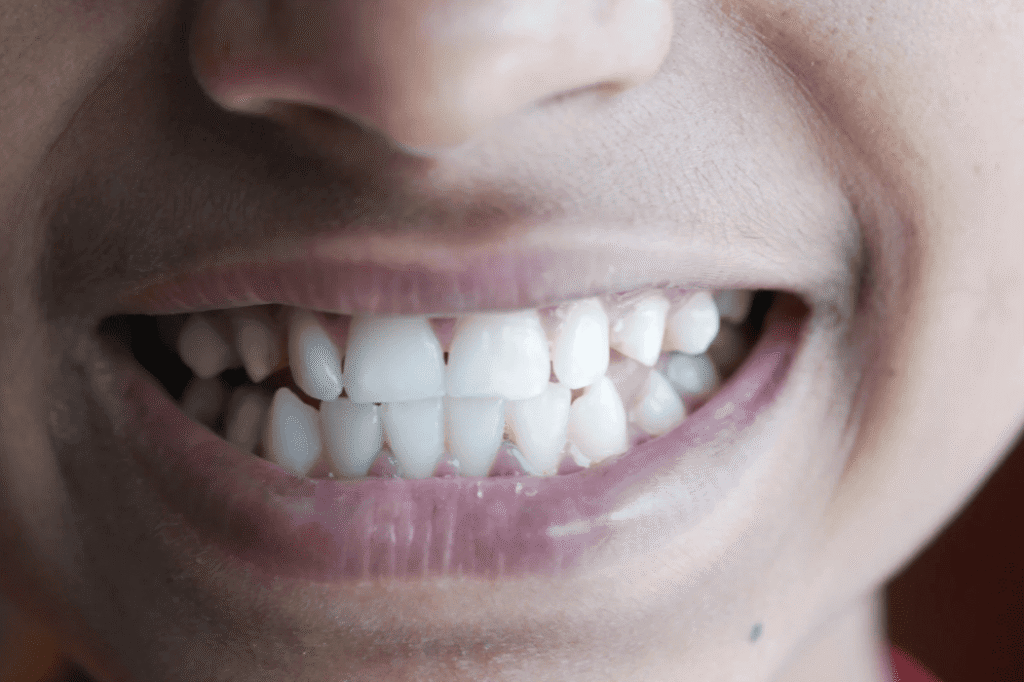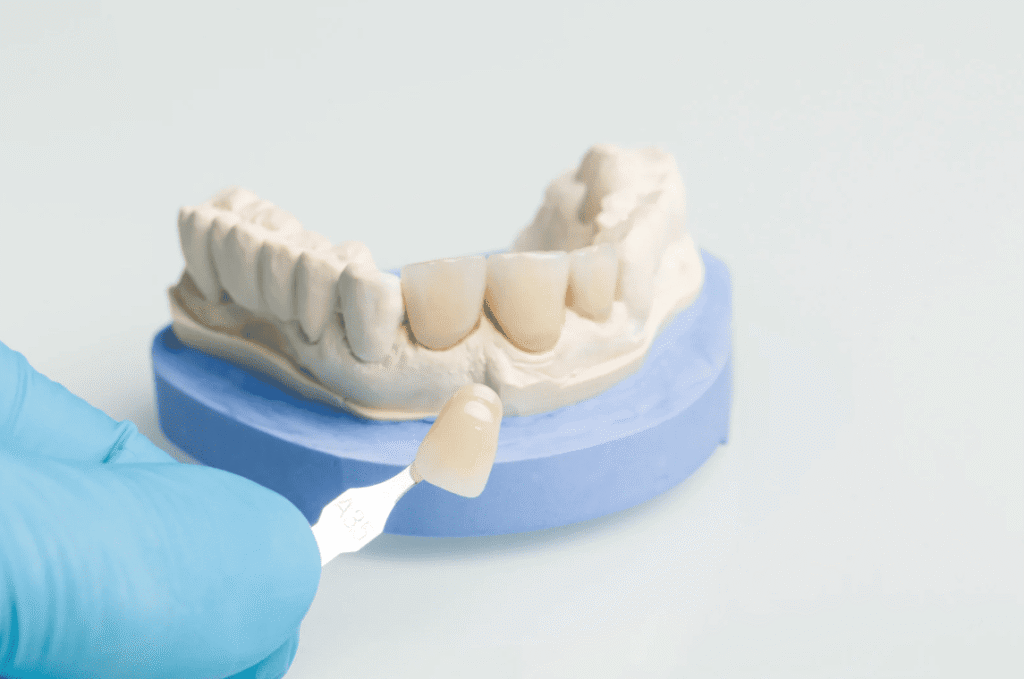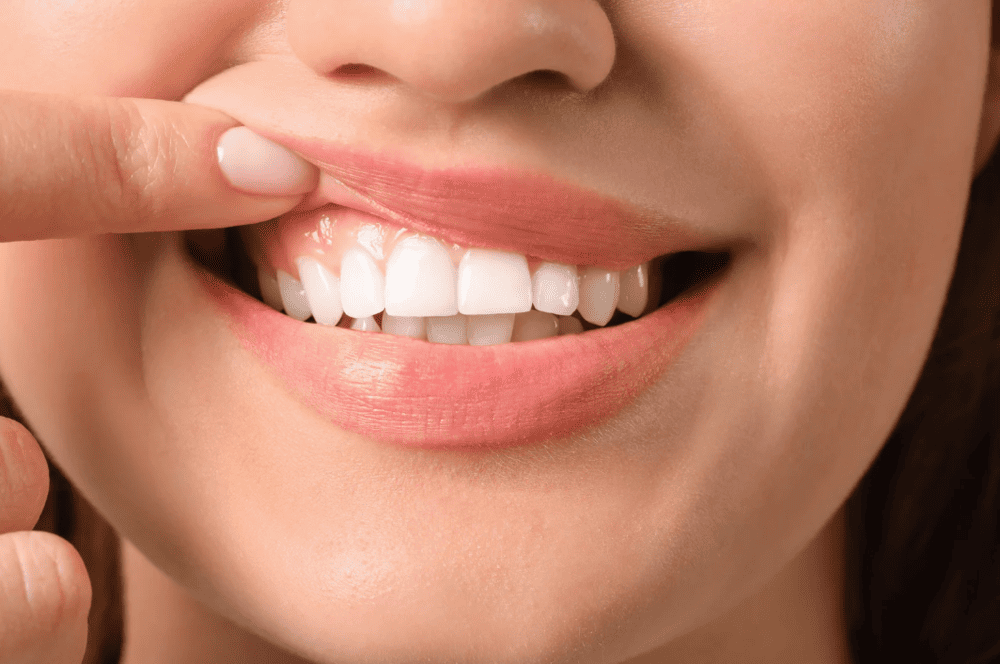
The Hidden Problem: A Guide to Impacted Canine Teeth
A beautiful, healthy smile is more than just straight teeth; it’s a sign of good oral development and function. But sometimes, nature needs a helping hand. While most people are familiar with impacted wisdom teeth, few are aware of another, more critical dental issue: the impacted canine.
Often hidden from view and unknown to the patient, an impacted canine is a silent dental concern that, if left untreated, can lead to significant complications. If your dentist or orthodontist has mentioned this term, you likely have questions. This guide will walk you through everything you need to know about impacted canines, from why they happen to the modern solutions available.

What is an Impacted Canine Teeth?
Canine teeth, also known as cuspids or “eye teeth,” are the pointed teeth located at the corners of your mouth. They play a vital role in your bite—they are the first teeth to touch when your jaw closes, guiding the rest of your teeth into place. They are also designed for tearing food and are among the strongest teeth in the human mouth.
An impaction occurs when a tooth fails to erupt into its correct position in the dental arch within the expected timeframe. Instead of emerging normally, the canine becomes stuck (impacted) within the jawbone or gum tissue. While any tooth can become impacted, canines are the second most common after wisdom teeth, and their role makes addressing the issue crucial.

Why Do Canine Teeth Become Impacted?
Several factors can contribute to a canine tooth failing to find its path:
- Crowding: The most common cause. If there’s simply not enough space in the dental arch due to crowding or narrow jaws, the canine has nowhere to go.
- Path Obstruction: The baby (primary) canine tooth might not fall out on schedule, physically blocking the permanent tooth’s path. Alternatively, extra teeth (supernumerary teeth) or benign growths (odontomas) can obstruct the eruption.
- Unusual Growth Path: Sometimes, the canine tooth develops in an odd position, causing it to erupt in the wrong direction, often towards the roof of the mouth (palatally) or towards the cheek (buccally).
- Genetics: A family history of impacted teeth can increase an individual’s risk.
Your Partner in Oral Health
At Smith & Jain Dentists, we believe in proactive, collaborative care. We use advanced 3D imaging (CBCT scans) when needed to precisely locate the impacted tooth and plan treatment with absolute accuracy. Our network of trusted orthodontic and surgical specialists ensures you receive seamless, coordinated care from diagnosis to your final, stunning smile.
If you’re concerned about an impacted canine for yourself or your child, don’t wait. Early action is the simplest and most effective path to a healthy, functional, and complete smile.
Take the first step towards a complete and healthy smile. Contact us today to schedule a consultation and discuss your options.

Why is it So Important to Treat an Impacted Canine Teeth?
An impacted canine isn’t just a space in your smile; it’s a ticking time bomb for your oral health. Leaving it untreated can lead to a cascade of problems:
- Damage to Neighbouring Teeth: The impacted canine can press against the roots of adjacent teeth, like the lateral incisors. This pressure can resorb (dissolve) these healthy tooth roots, jeopardising their stability and leading to their loss.
- Cyst Formation: A fluid-filled cyst can form around the crown of the impacted tooth. This cyst can expand over time, destroying surrounding jawbone and damaging other teeth.
- Misalignment and Bite Issues: The absence of the canine throws off the entire bite (occlusion). This can cause chewing difficulties, uneven wear on other teeth, and jaw joint (TMJ) problems.
- Aesthetic Concerns: A missing canine leaves an obvious gap that can affect the symmetry and appearance of your smile.
- Infection: In some cases, the area can become infected, leading to pain and swelling.
Early Detection of Impacted Canine Teeth: The Power of Timely Detection
The key to managing impacted canines successfully is early intervention. This is why regular dental check-ups for children and adolescents are non-negotiable.
Dentists and orthodontists recommend a specialised screening by age 7 to 9. At this age, the adult canines are developing, and their path can be predicted on an X-ray. An orthopantomogram (OPG or panoramic X-ray) is a crucial tool that provides a broad view of the jaws, revealing the position of unerupted teeth and any potential obstacles.
Early signs that may indicate a problem include:
- The baby canine tooth is still present at age 12-13, long after it should have been lost.
- The baby canine tooth isn’t loose when it should be. (10-12 years old)
- A visible bulge or asymmetry in the gums above the canine area.
- The adult canine has erupted in the wrong position (e.g., too high, too far to the side or on the palate).

The Collaborative Treatment Journey: From Diagnosis to a Beautiful Smile
Treating an impacted canine is a team effort between your orthodontist, your oral surgeon, and sometimes your general dentist. The most common and effective approach is a combined orthodontic and surgical technique.
Step 1: Creating Space
First, an orthodontist will use braces or clear aligners to gently move the existing teeth and create ample space in the dental arch for the impacted canine to eventually occupy. This phase is essential to provide a clear path for the tooth.
Step 2: Surgical Exposure and Bonding
Next, an oral surgeon will perform a minor procedure called surgical exposure. Under local or general anaesthesia, the surgeon will carefully lift the gum tissue to expose the crown of the hidden tooth. They will then bond a small orthodontic bracket with a gold chain attached directly to the exposed tooth.
Step 3: Guided Eruption
The orthodontist then takes over again. They will use the gold chain as a “handle,” attaching it to the orthodontic wire with a light, constant force. Over several months, this force will gently and gradually guide the impacted canine down into its correct position in the dental arch.
Step 4: Final Alignment
Once the canine is in the arch, the orthodontist will continue with braces or aligners to fine-tune its position and perfect the overall bite and alignment of all teeth. The entire process requires patience but yields exceptional, long-lasting results.

What if the Tooth Can’t Be Saved?
In rare cases where the canine is severely mispositioned, fused to the bone (ankylosed), or would cause too much damage to adjacent teeth during movement, the team may recommend an alternative plan. This could involve:
- Extraction of the impacted tooth: Removing it to prevent future problems.
- Autotransplantation: Surgically moving the canine to its correct socket (a highly specialised procedure).
- Closing the space: Using orthodontics to move the teeth to fill the gap, often using a premolar tooth to substitute for the canine.
- A dental implant and crown: Replacing the missing tooth with a prosthetic once jaw growth is complete.
Your Partner in Oral Health
At Smith & Jain Dentists, we believe in proactive, collaborative care. We use advanced 3D imaging (CBCT scans) when needed to precisely locate the impacted tooth and plan treatment with absolute accuracy. Our network of trusted orthodontic and surgical specialists ensures you receive seamless, coordinated care from diagnosis to your final, stunning smile.
If you’re concerned about an impacted canine for yourself or your child, don’t wait. Early action is the simplest and most effective path to a healthy, functional, and complete smile.
Take the first step towards a complete and healthy smile. Contact us today to schedule a consultation and discuss your options.
Frequently Asked Questions About Impacted Canine Teeth
1. What causes impacted canine teeth?
Impacted canines can result from lack of space in the dental arch, overcrowding, abnormal tooth position, or genetic factors. Sometimes, baby teeth not falling out on time can also block eruption.
2. How do I know if my canine teeth are impacted?
Common signs include missing canines in your smile, delayed eruption after age 13, prolonged retention of baby teeth, or swelling/discomfort in the gums. X-rays or 3D scans are usually required for confirmation.
3. Can impacted canines fix themselves naturally?
In most cases, impacted canines will not erupt on their own after the normal eruption period. Professional intervention is usually required to guide or expose the tooth.
4. What are the treatment options for impacted canines?
Treatment may include:
- Orthodontic guidance (braces or Invisalign with attachments) to pull the tooth into place.
- Surgical exposure of the canine so orthodontics can move it.
- Extraction if the tooth is severely misplaced or risks damaging nearby teeth.
5. Is surgery for impacted canines painful?
Surgical exposure is usually performed under local anaesthesia or sedation, so patients don’t feel pain during the procedure. Mild soreness or swelling may occur afterwards but is manageable with medication.
6. What happens if impacted canines are not treated?
Untreated impacted canines can cause misalignment, gum problems, resorption of nearby teeth, cyst formation, and long-term bite issues.
7. At what age should impacted canines be treated?
The ideal time is between ages 11–14, when permanent teeth are still developing and orthodontic movement is easier. Adults can still be treated, but the process may take longer.
8. How long does it take to bring an impacted canine into place?
The timeline depends on tooth position, but usually takes 6 months to 2 years with orthodontic treatment.
9. Can Invisalign be used for impacted canine treatment?
Yes, in many cases Invisalign aligners combined with surgical exposure can be used to guide impacted canines, although severe cases may still require traditional braces.
Disclaimer
All information provided on this website is for informational purposes only and is intended to help readers gain general knowledge about dental health. The content on this website should not be considered a substitute for professional dental diagnosis, advice, or treatment. If you have any dental concerns, please consult a licensed dentist for appropriate medical advice and treatment. Smith & Jain Dentists and its affiliates are not responsible for any direct or indirect damages resulting from the use of this website’s information. This website may include links to external websites for reference purposes only. Smith & Jain Dentists is not responsible for the content or accuracy of third-party websites.





